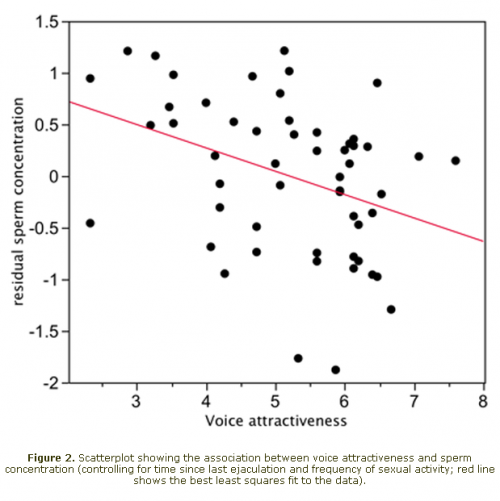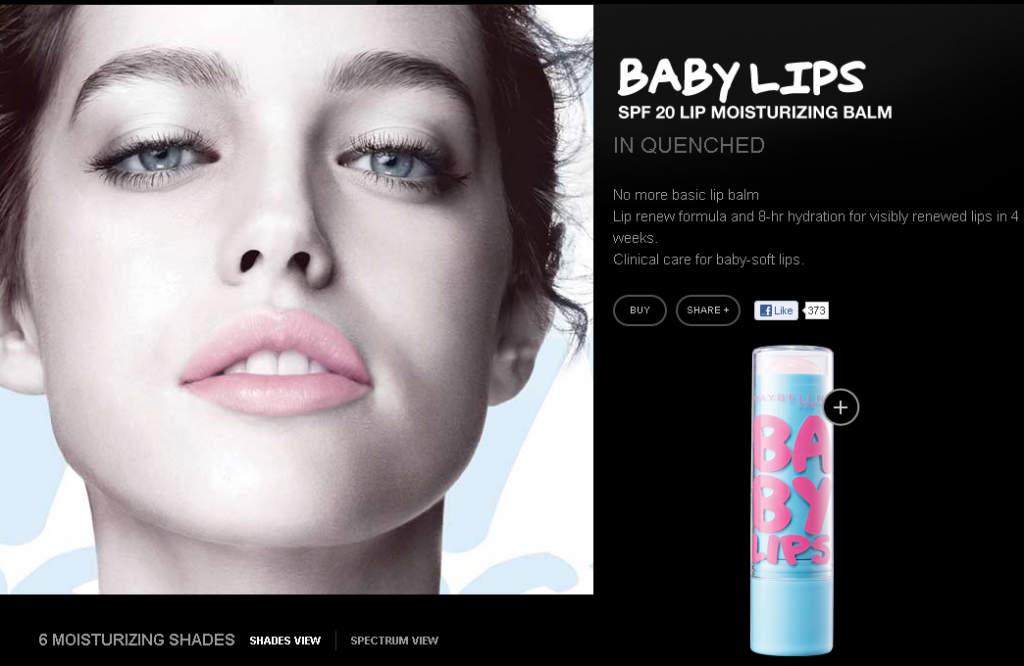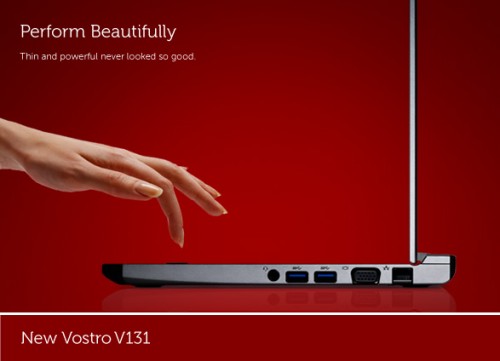Evolutionary psychologists argue that when we find certain traits sexually attractive in others it may be because they signal reproductive fitness. It goes something like this: People who have been sexually attracted to traits that tell the “truth” about genetic superiority have been more likely to choose mates with superior genetics and, therefore, have been more likely to produce healthy offspring that live to an age where they, in turn, can reproduce themselves. Accordingly, nature has selected for individuals attracted to people who display signs of genetic excellence.
Culture throws a wrench in this theory because human can create their own systems of meaning, collectively convincing each other that certain traits are desirable regardless of the relationship between the trait and reproductive fitness. The thinness ideal for women is an excellent example. Judging by pop culture, heterosexual men have a strong preference for very thin women. In fact, however, the weight idealized in mass media is not conducive to reproductive fitness; women won’t ovulate or menstruate below a certain weight because their body recognizes that it can’t support a pregnancy.
A new study — by Leigh Simmons, Marianne Peters, and Gillian Rhodes — offers another tantalizing piece of information regarding the relationship between attractiveness and reproductive fitness. Pre-existing research shows that men with lower voices are judged more sexually attractive, so the authors decided to measure one indicator of their reproductive fitness, sperm count.
The results? Voice attractiveness is related to sperm count, but in the opposite direction expected. Men with higher voices, in fact, have higher sperm concentration, not lower.
The jury is still out about what this means, but it’s an intriguing addition to the ongoing conversation that social and biological scientists are having about how culture and nature interact to shape human experience.
Lisa Wade, PhD is an Associate Professor at Tulane University. She is the author of American Hookup, a book about college sexual culture; a textbook about gender; and a forthcoming introductory text: Terrible Magnificent Sociology. You can follow her on Twitter and Instagram.










